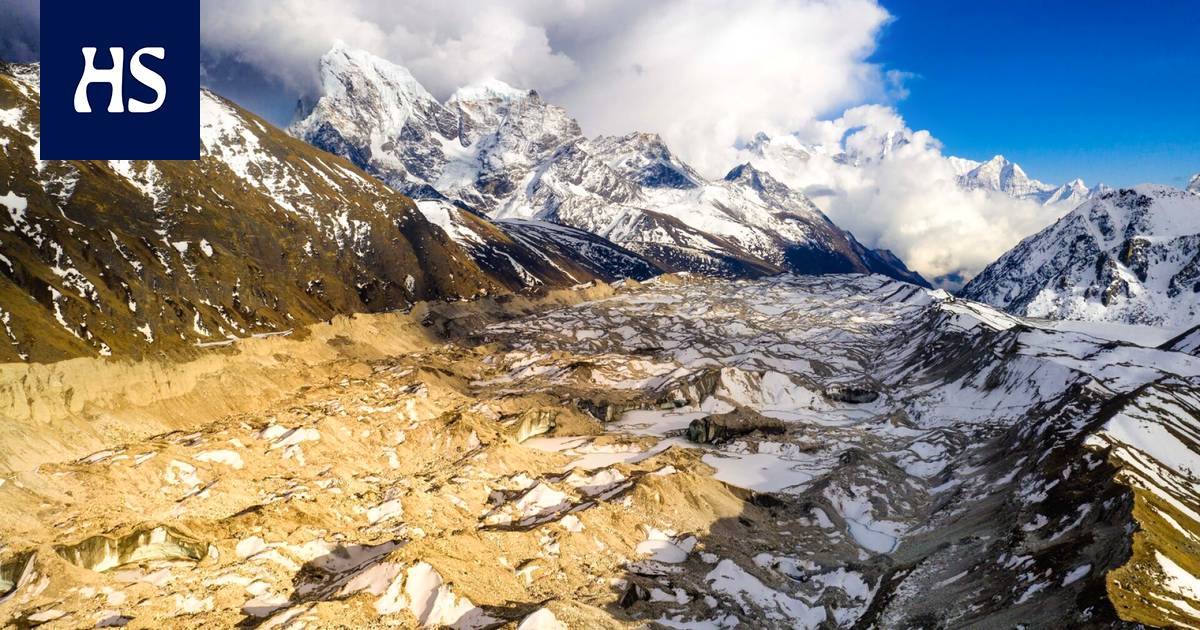The melting of Himalayan glaciers is a pressing concern as the world grapples with the effects of climate change. The glaciers, which serve as sources for ten major rivers in Asia, could completely disappear if carbon dioxide emissions are not controlled. Even if warming is limited to one and a half degrees, a significant portion of the glaciers may disappear.
The snowmelt from the Himalayas and Tibetan highlands meets half of the annual water needs of four billion people. However, air pollution, particularly black carbon, is reducing the loss of snow in these areas. During the corona pandemic, when pollution levels decreased, the melting of snow decreased by up to 50% in some areas of the Himalayas. Protecting snow cover through reduced pollution could also slow down glacier shrinkage and preserve these vital ecosystems.
According to researchers, detailed measurements and calculations have shown that reducing soot levels in the air can help preserve snow and glaciers. By increasing the brightness of snow surfaces, it slows down melting. This has been observed in periods of reduced pollution in the Himalayas. Therefore, protecting snow cover through reduced pollution is crucial for maintaining water sources in the region and preserving these vital ecosystems.
In conclusion, controlling carbon dioxide emissions and reducing air pollution are necessary steps towards preserving Himalayan glaciers and maintaining water sources for millions of people. Efforts need to be made to find faster means of protection to ensure that these ecosystems are preserved for future generations.
Protecting snow cover through reduced pollution could also slow down glacier shrinkage as it increases their brightness on average by 20%. This increase reduces melting by 5-10%. As a result, protecting snow cover becomes an important tool for mitigating climate change impacts on water resources.
However, more research is needed to understand how climate change affects other regions beyond just glaciers. It’s crucial that we continue to study this topic thoroughly so that we can make informed decisions about our actions towards a sustainable future.
Overall, it’s clear that preserving Himalayan glaciers is not only important for maintaining water sources but also for ensuring food security and economic stability in Asia. Therefore, immediate action needs to be taken to reduce greenhouse gas emissions and protect our planet’s natural resources before it’s too late.


